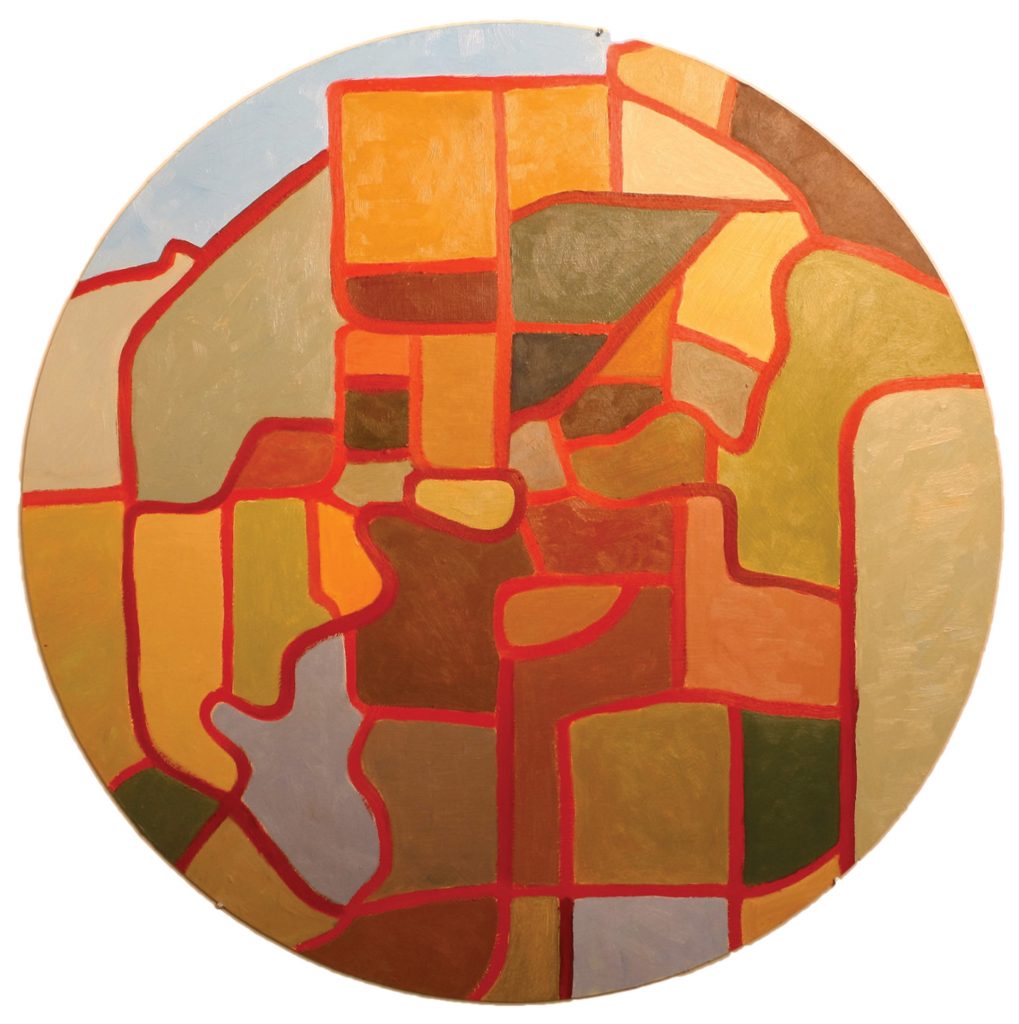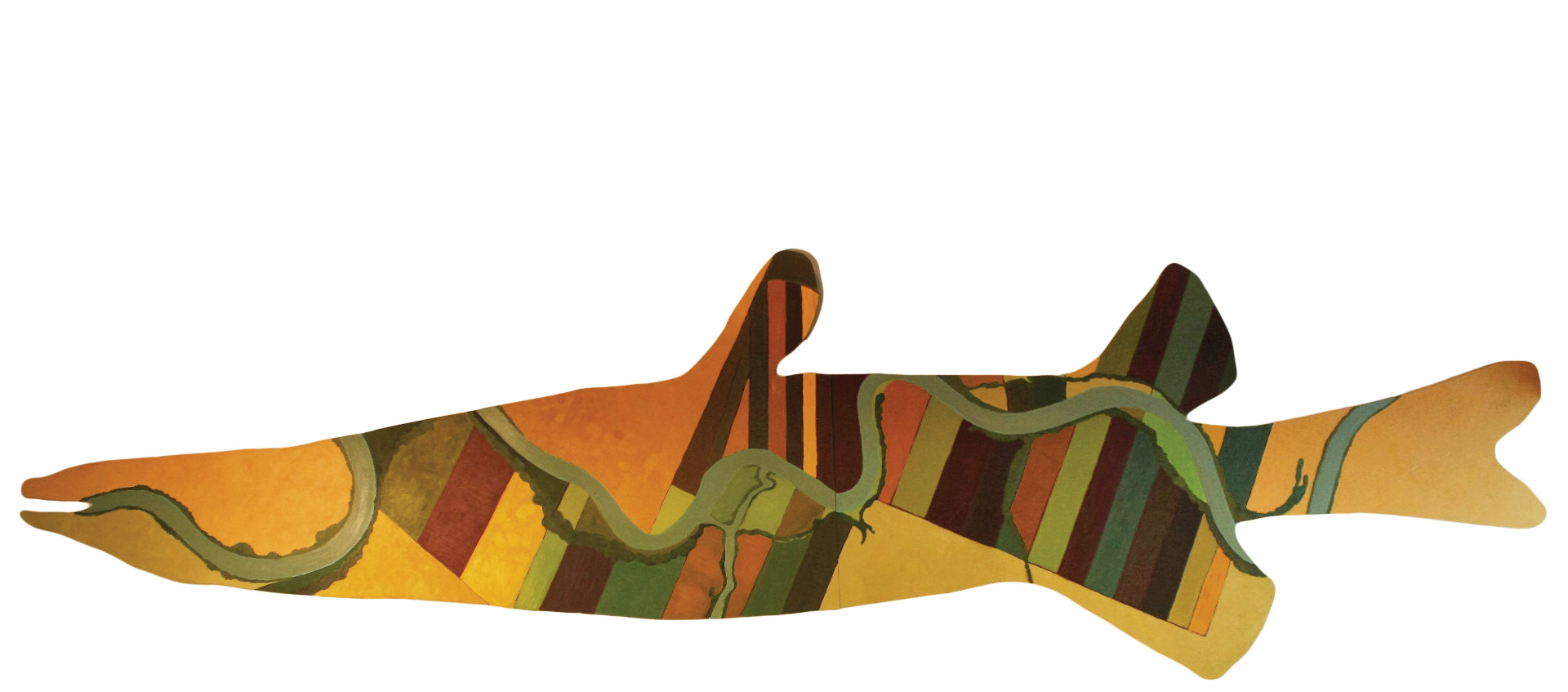Probably the best way to start is with a question. Why is it so difficult to stop climate change? It’s one of those questions that, just by asking it, implies the answer: because it’s very complicated. It’s the same answer that explains why the easier public issues get addressed in one fashion or another, and the tough ones linger unresolved.
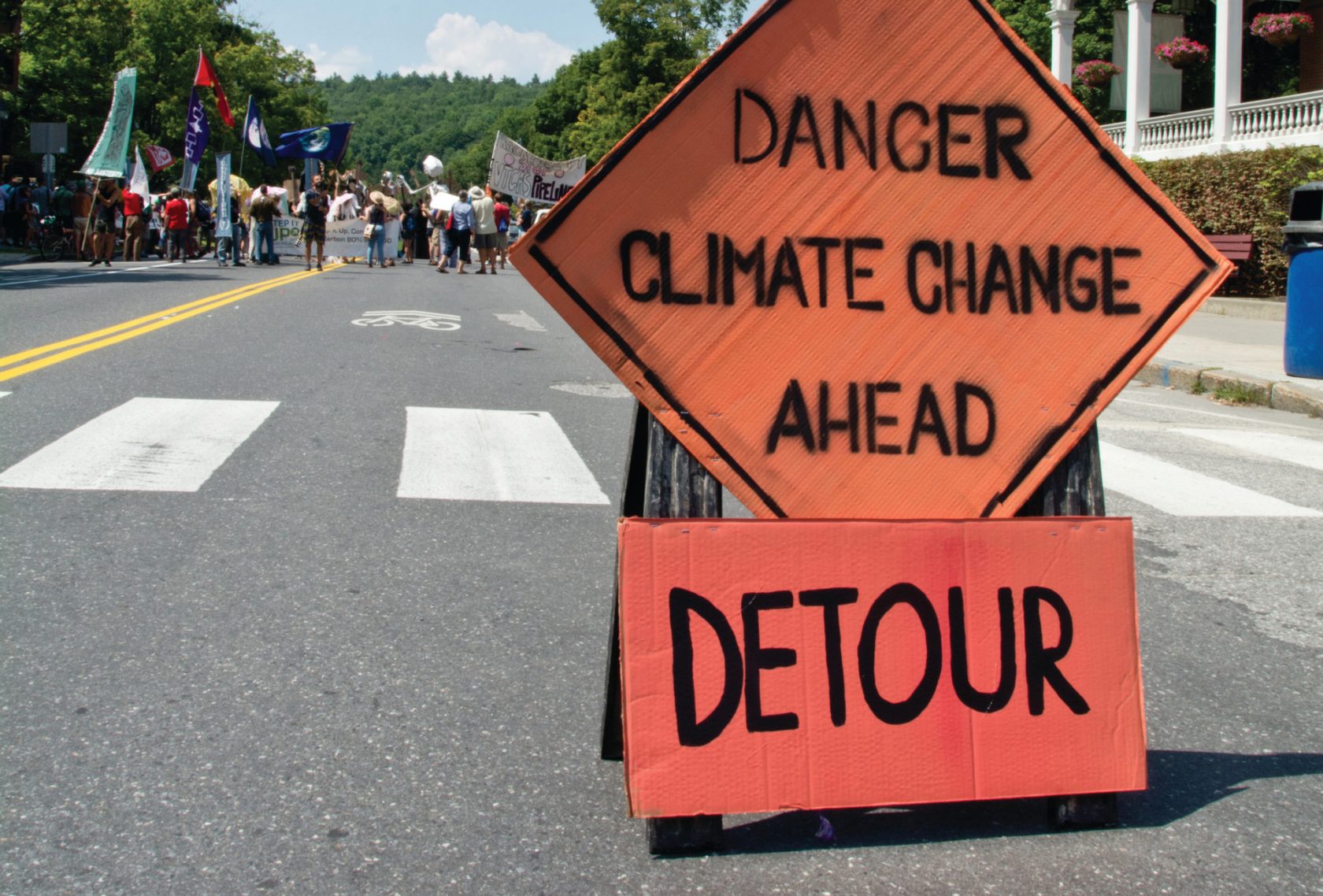
In fact, it’s hard to imagine a more complex and difficult public policy challenge than the one posed by climate change. No doubt that explains why very little progress has been made for the last 30 years, since climate change was identified as a critical global issue at the formation of the Intergovernmental Panel on Climate Change in 1998. As some argue, climate change represents the ultimate “prisoner’s dilemma” where one person’s choice affects the fate of another. Essentially, to address climate change effectively requires collaboration and collective action in pursuit of a common good. In this case that means a reduction in global greenhouse gas (GHG) emissions to reverse, or at least mitigate, the consequences of global warming. If anyone acts in their own, short-term self-interest, others share the harm that results.
In fact, it’s hard to imagine a more complex and difficult public policy challenge than the one posed by climate change. No doubt that explains why very little progress has been made for the last 30 years, since climate change was identified as a critical global issue at the formation of the Intergovernmental Panel on Climate Change in 1998. As some argue, climate change represents the ultimate “prisoner’s dilemma” where one person’s choice affects the fate of another. Essentially, to address climate change effectively requires collaboration and collective action in pursuit of a common good. In this case that means a reduction in global greenhouse gas (GHG) emissions to reverse, or at least mitigate, the consequences of global warming. If anyone acts in their own, short-term self-interest, others share the harm that results.
Recently, the Johnson-Shoyama Graduate School of Public Policy (JSGS) decided to explore the climate change issue, the challenges it presents and the policy options to address it. Clearly, it is a subject fraught with conflicting economic interests and political priorities, drawn along international, national and regional lines. One small dimension of the challenge is the on-going disagreement between the governments of Canada and Saskatchewan on the policy framework that will enable Canada to meet its goal of a 30-per-cent reduction in GHGs from 2005 levels by 2030. The federal government is proposing a national carbon price to be in place next year as a key element in its climate change policy. The Saskatchewan government takes the position that a carbon price will do significant harm to the province’s trade-exposed economy and, moreover, not be effective in reducing CO2 emissions.
“ So you can add a moral dilemma to the geopolitical mix. In effect, the developed world is asking poor, underdeveloped nations not to do what we’ve done and use cheap fossil fuel energy sources to develop their economies, and improve their standard of living and quality of life. ”
The starting point for the JSGS policy paper “Climate Change: The Challenges, Policy Options and Implications” is an established fact. It is the overwhelming scientific consensus that climate change is the result of human activity caused by greenhouse gas emissions, largely due to the burning of fossil fuels.
Now put that into context. We’re talking about an issue that is impervious to borders and will have negative, some argue grave, global environmental, economic and social consequences. It brings with it a litany of seriously complex geopolitical issues in a global reality where nations instinctively act in their own self-interest. Moreover, climate change policy must exist in the political certainty that governments in democratic nations inevitably rise and fall on short-term political cycles and climate change requires long-term policy and commitment. A breathtaking example of how the vagaries of politics can derail climate change policy was last year’s election of U.S. President Donald Trump. Within days of taking office, Trump ended U.S. climate change policy established under his predecessor, Barack Obama.
To complicate matters even further, to successfully reduce GHG emissions and halt global warming requires that the more than 190 nations in the world act in a collaborative and coordinated fashion. All must agree to specific, measurable and enforceable actions that will transform their economies by drastically reducing their use of fossil fuels. Tackling climate change raises critical issues for many nations, especially ones heavily dependent on fossil fuels as a source of cheap energy and with societies where oil-and-gas production and the use of fossil fuels is a cornerstone of their economy. It means a transition to a greener, less carbon-based economy that, at least in the short-to-medium term, can also mean a lower standard of living.
There are those who will contest the lower-standard-of-living argument. They will say new renewable energy technology will itself stimulate innovation, creating jobs and opportunities. But we shouldn’t kid ourselves. Many forms of renewable energy make sense only with significant public subsidies because fossil fuel-based energy alternatives are often much cheaper. As a result, many societies and economies have been built on cheap carbon-based energy sources for generations. Given that fact, for a low-carbon market to be created it must be imposed by government edict, which is the crux of the climate change debate.
The fact remains that energy is the lifeblood of any economy. Access to cheap, accessible and reliable sources of carbon-based energy has been the foundation for our standard of living and quality of life in the developed world. But not everyone has been as fortunate as us. As the World Bank notes, billions of people live in a state of energy poverty. In 2015, it said about billion people still do not have access to electricity and about 2.9 billion use solid fuels such as wood, charcoal and dung for cooking and heating.
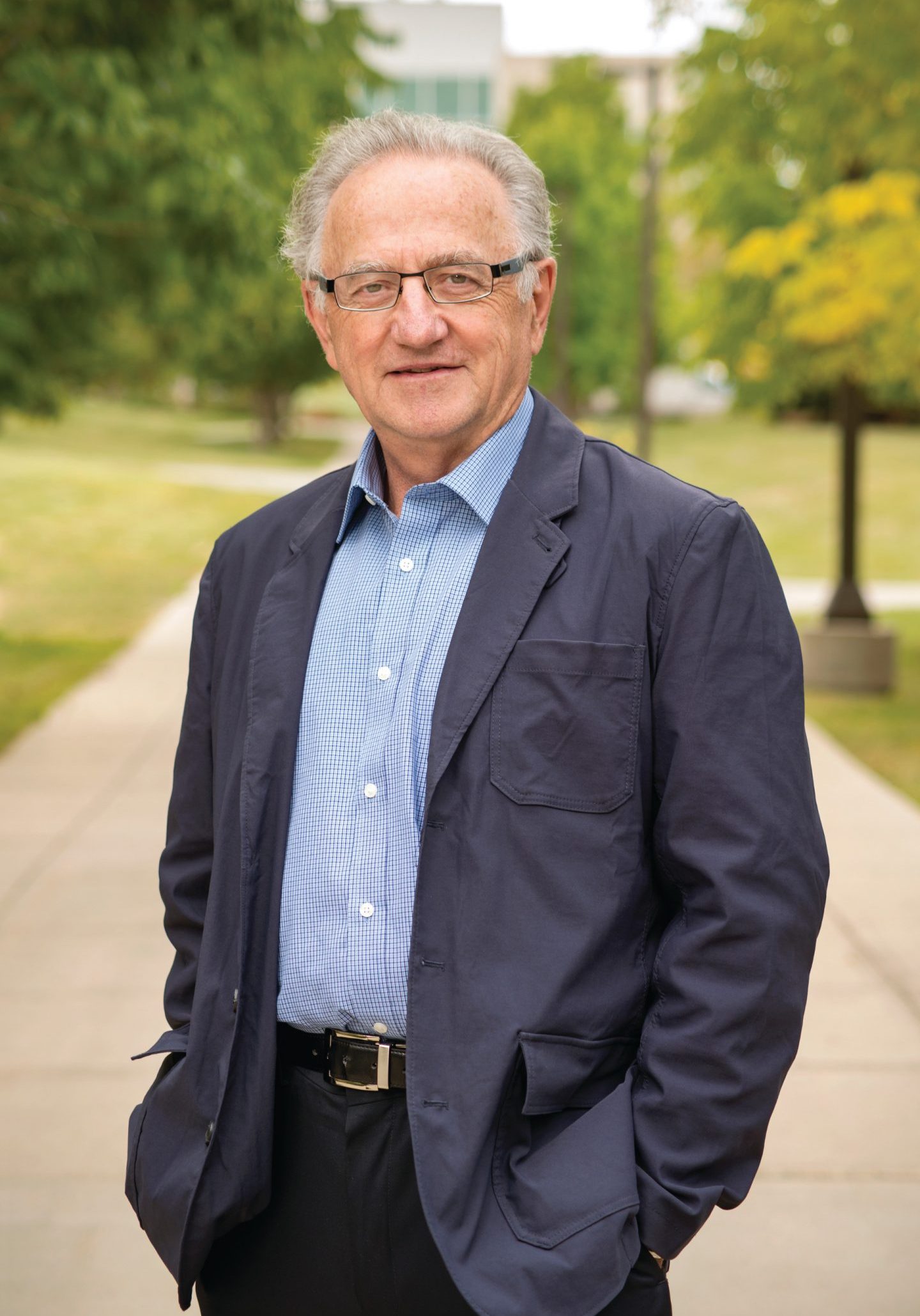
So you can add a moral dilemma to the geopolitical mix. In effect, the developed world is asking poor, underdeveloped nations not to do what we’ve done and use cheap fossil fuel energy sources to develop their economies, and improve their standard of living and quality of life. They need to skip that part in the development cycle and go straight to a more expensive modern, green, renewable energy economy and society.
A person could go on with other complicating factors, such as how to price the future costs of climate change in current dollars, but the point seems clear. Addressing climate change is arguably the most, or one of the most, difficult public policy issues on the world agenda. Which brings us back to the climate change policy standoff between Ottawa and Saskatchewan.
The ongoing friction between the two governments demonstrates the perils of trying to get agreement on the coordination of climate change policy. A key dimension of the Trudeau government’s Pan-Canadian Framework on Clean Growth and Climate Change is to establish a national price on carbon. The federal government intends to have a minimum $10 a tonne price on carbon in place nationally next year. If provinces don’t implement the price – which rises $10 a year to $50 a tonne by 2022 – Ottawa will impose the price. It can be in the form of a carbon tax, or a regulatory instrument like a system of cap and trade on heavy GHG emitters. The federal plan calls for all revenue raised by the carbon price to remain in the jurisdiction where it is generated – any money from the carbon price paid in Saskatchewan will go into provincial coffers, to be spent any way the provincial government sees fit.
The policy argument for a carbon price is grounded in sound market economic principles. Simply put, price is the mechanism we use to efficiently allocate resources. Ideally, price is a reflection of both supply and demand for something, as well as the external costs that result from its production. The more something costs will tend to reduce its demand. When CO2 has no price, its use is unconnected to the costs it imposes, in this case the effects of climate change. So, in a proper-functioning market environment where carbon has a price, the social harm created by the burning of fossil fuels would be included in the price.
That is about as far from a radical idea as you can get. It is Economics 100 dogma and how we treat virtually everything else in the private market. Yet when it comes to climate change policy, the talk of a carbon price can make some heads explode.
The reason it does has many layers, some more visible than others.
But the key one relates to the strength of policymakers’ belief in the urgency of the climate change issue and how that correlates with public opinion. The fact of the matter is that to seriously address climate change requires a significant change in public behaviour now for the benefit of future generations. It amounts to a leap of faith. People need to believe they can make a difference and that the cost to them today is justified by the benefits others will derive from the change long after most of us are dead and gone.
Determining the public’s willingness to act is a political calculation that is hard to discern. Public opinion research suggests that, in the abstract, a significant majority of Canadians believe climate change is happening and is an important policy priority. But whether that opinion will withstand the practicality of a tax on carbon, or accepting the need for a change in behaviour that results in even a temporary lower standard of living, is the true test of its resilience. It’s worth noting that public opinion research on whether climate change is caused by human activity tends to lag the Canadian average in Saskatchewan.
For the Government of Canada, the key to unlocking the political challenge of creating a carbon price that is visible in the form of a tax, is to keep the revenue it generates in the jurisdiction where it’s raised. The Saskatchewan government estimates the fully implemented carbon price of $50 a tonne by 2022 would cost taxpayers $2.5 billion. Ottawa argues that revenue used wisely – whether to reduce other taxes such as provincial income tax or sales tax, or through other stimulative spending, will, on a net basis, more than offset the negative economic effects of the carbon price.
All it would take is a little policy ingenuity on the part of the provincial government. And, yes, a little bit of political nerve to do what evidence suggests is the right thing. But if history is any lesson, that’s a lot easier said than done.

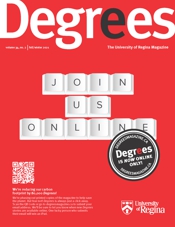

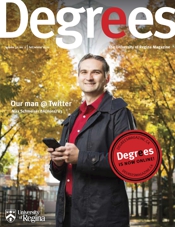


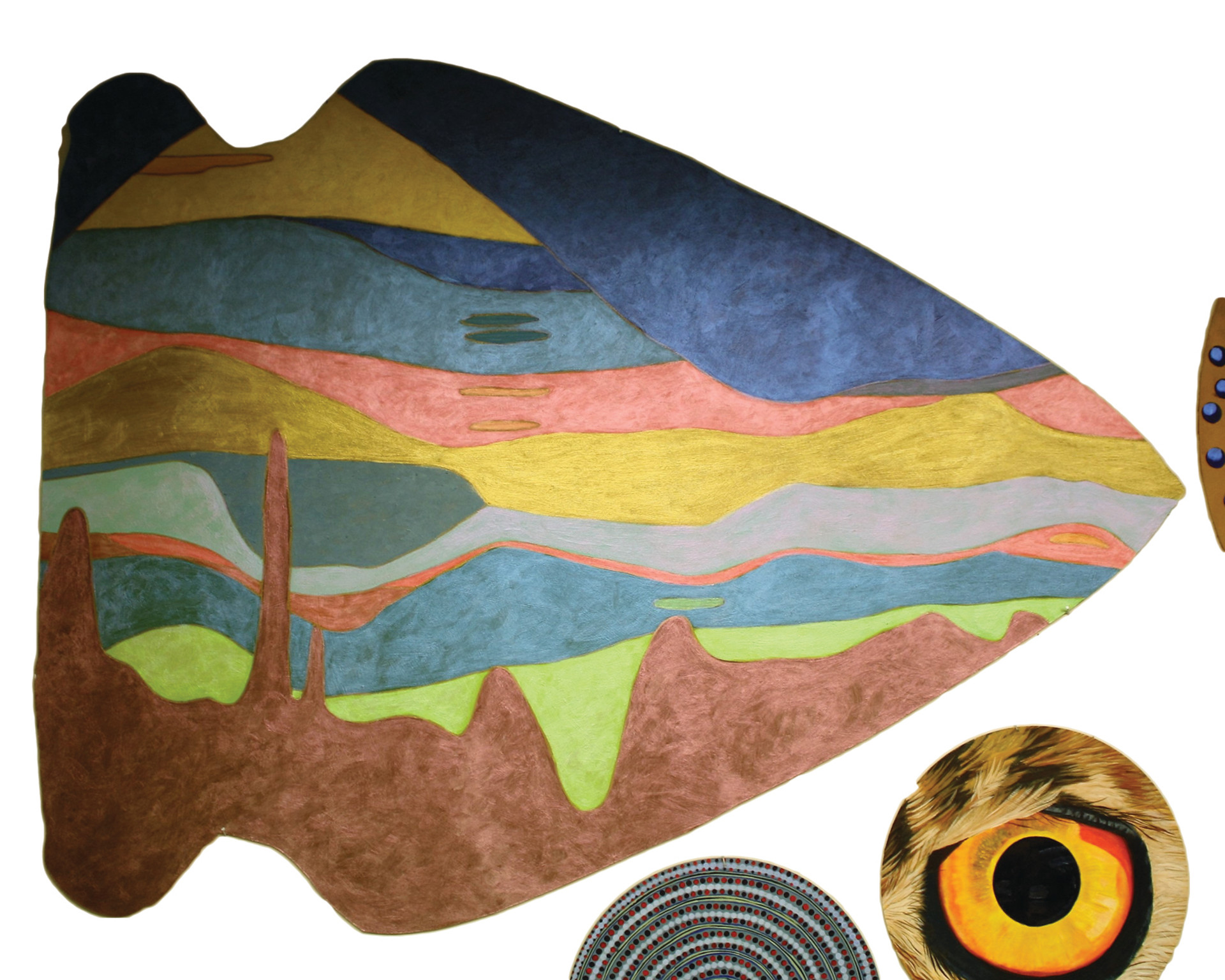
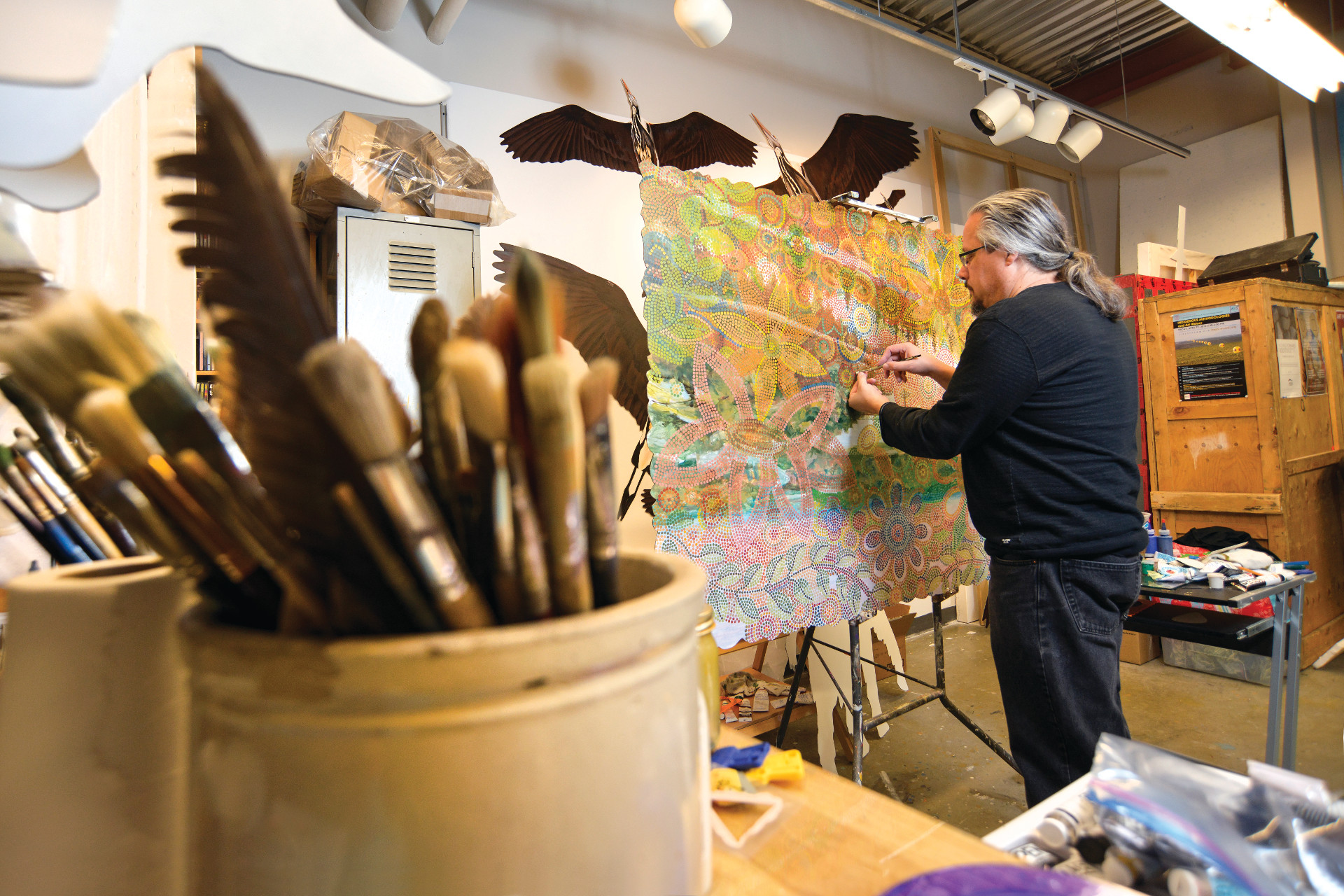
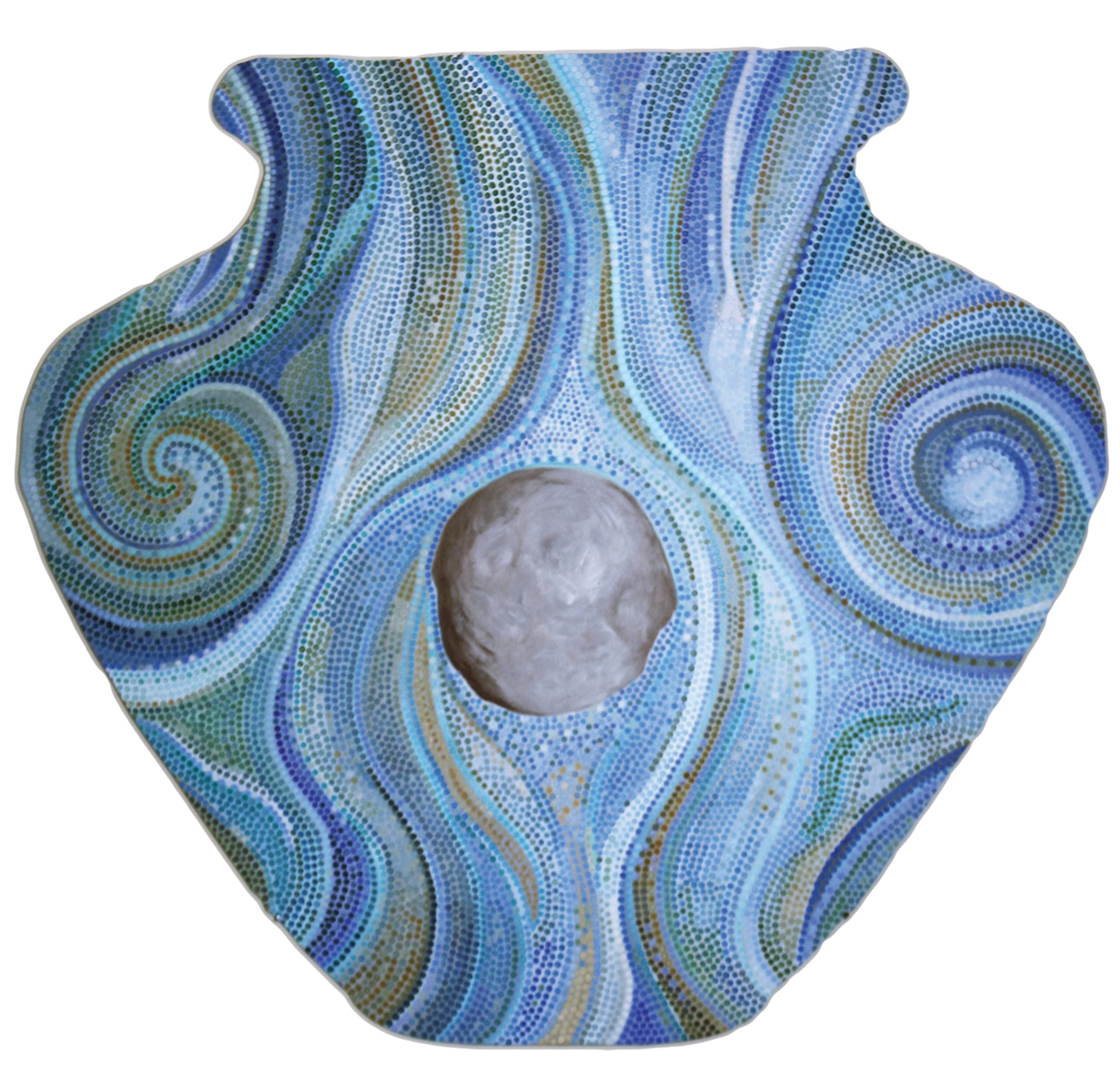
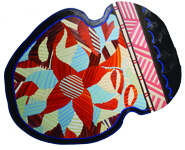
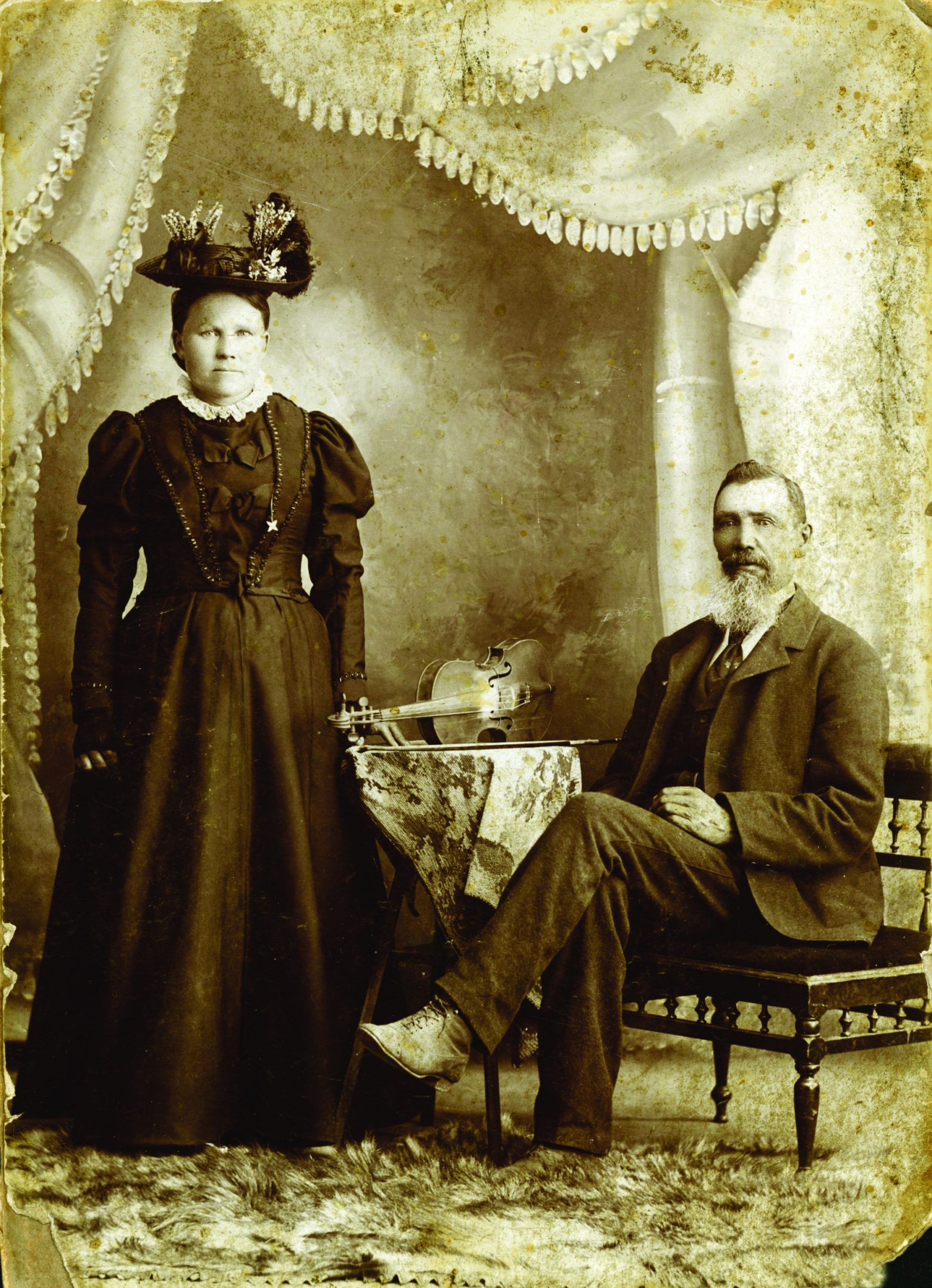 David Garneau's great-great grandparents, Laurent and Eleanor Garneau. Laurent Garneau is the Métis son of a French fur trader. He was one of Louis Riel's soldiers in the Red River Resistance of 1869 and moved to Edmonton in 1874
David Garneau's great-great grandparents, Laurent and Eleanor Garneau. Laurent Garneau is the Métis son of a French fur trader. He was one of Louis Riel's soldiers in the Red River Resistance of 1869 and moved to Edmonton in 1874
